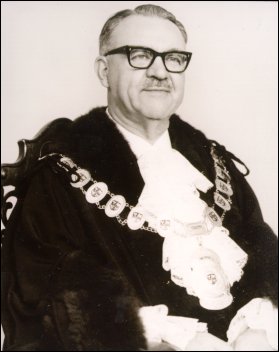Looking for a Portal of Escape: Cheltenham School

Notice of Meeting to discuss efforts to establish a school at Cheltenham.
On September 13, 1869 a two room school building was completed on a site adjacent to the Cheltenham Cemetery. The school was known as the Beaumaris School No 84. At that time the township of Cheltenham was clustered around the junction of what is now Charman Road and Nepean Highway. The Beaumaris school was established after much acrimonious debate between the communities of two local schools. One school, the Wesleyan school was located in La Trobe Street and the second school, a Church of England school, was operating in what is now Silver Street, Cheltenham. The Wesleyan school supported the new location but the Church of England school did not.
The losing group in this school location debate did not give up. In a little more than two years after the establishment of Beaumaris School No 84 on Charman Road, they were writing from Cheltenham inquiring "if the Board of Education would grant a vested school in this locality…" Some days later on October 28, 1871, after a public meeting, James A Macarthy, the President of the Moorabbin Shire, was writing to the Secretary of the Board on behalf of at least some of his fellow rate payers concerning the need for a new school. He stated several reasons for this while acknowledging the existence of the school in Charman Road. "I and other parents will not send our little ones and that in seeking another school we do so without any feeling of antagonism to the existing one."
Subsequently, Councillor Macarthy wrote an irate letter to the Secretary of the newly established Education Department fifteen months later acknowledging receipt of the Secretary’s "rather tardy reply re the establishment of a State School in our Township". Clearly he was not happy with the content of the Secretary’s letter and challenged the accuracy of his statements. "The late Board did not as you assert decline the proposition. It merely postponed the consideration thereof to a future period." He went on to reveal at least part of the cause of his anger. "I am called on to face an indignation meeting on Thursday evening next on the grounds that I as President of this shire have been more or less remiss in dealing with this subject. Can the Hon the Minister of Instruction shew me a portal to escape censure? Finally I ask for a prompt reply."
Inspector Charles Topp was sent to report on the situation. He wrote, "to have two small state schools half a mile apart would cause a very unnecessary waste of the Public monies, the instruction in neither school would be as good as in the larger one, & it would be contrary to the policy of the act, which is to diminish not increase the number of schools … An objection has been raised to the site of No 84 on the ground that it is near the Cemetery - I do not attach much weight to this - no ill result to the health of the children is likely to occur from such proximity for many years to come."
It was not until February 1957 that a second government primary school was opened in Cheltenham and this was on the site of the original Church of England school in Silver Street. The first principal was William Fry, subsequently Mayor of Moorabbin in 1968/69 and Member of the Legislative Council for Higinbotham. He was knighted in 1980 for his services to the community.

William Fry, First principal of Cheltenham East Primary School in 1957 and Mayor of Moorabbin in 1968/69.
